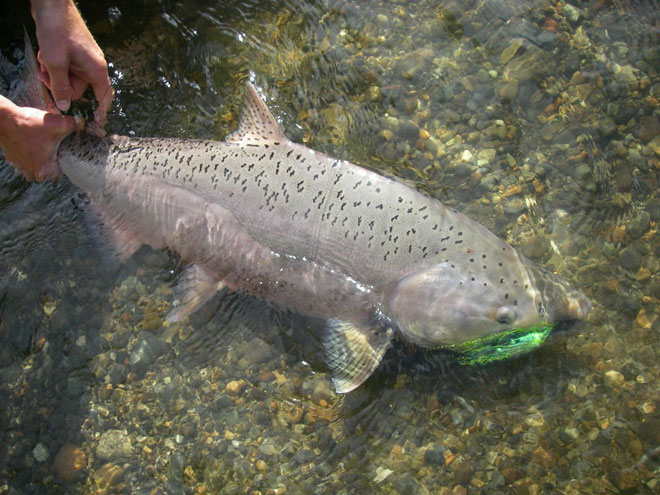
By Mike Lunde
Round, cylindrical-shaped, a few inches in length and accompanied by a thin diameter—the generic plastic tube revolutionized and perhaps is the birthplace of the earliest tube flies.
At a point in time where most flies were constructed on standardized hook shanks, tube flies provided distinct advantages that the conventional hook could not. Many of these advantages applied towards using larger patterns with an appropriate size hook that minimized catch-and-release mortality because traditional theory revolved around the concept of tying flies on larger hooks. The trend shifted towards smaller hooks, as they could penetrate deeper into the mouth region and musculature of the fish.
This content is available for subscribers only.
- Need to subscribe? Now’s a good time! Check out our current subscription specials!
- Already a subscriber? Login below to access all of our online articles and content!
